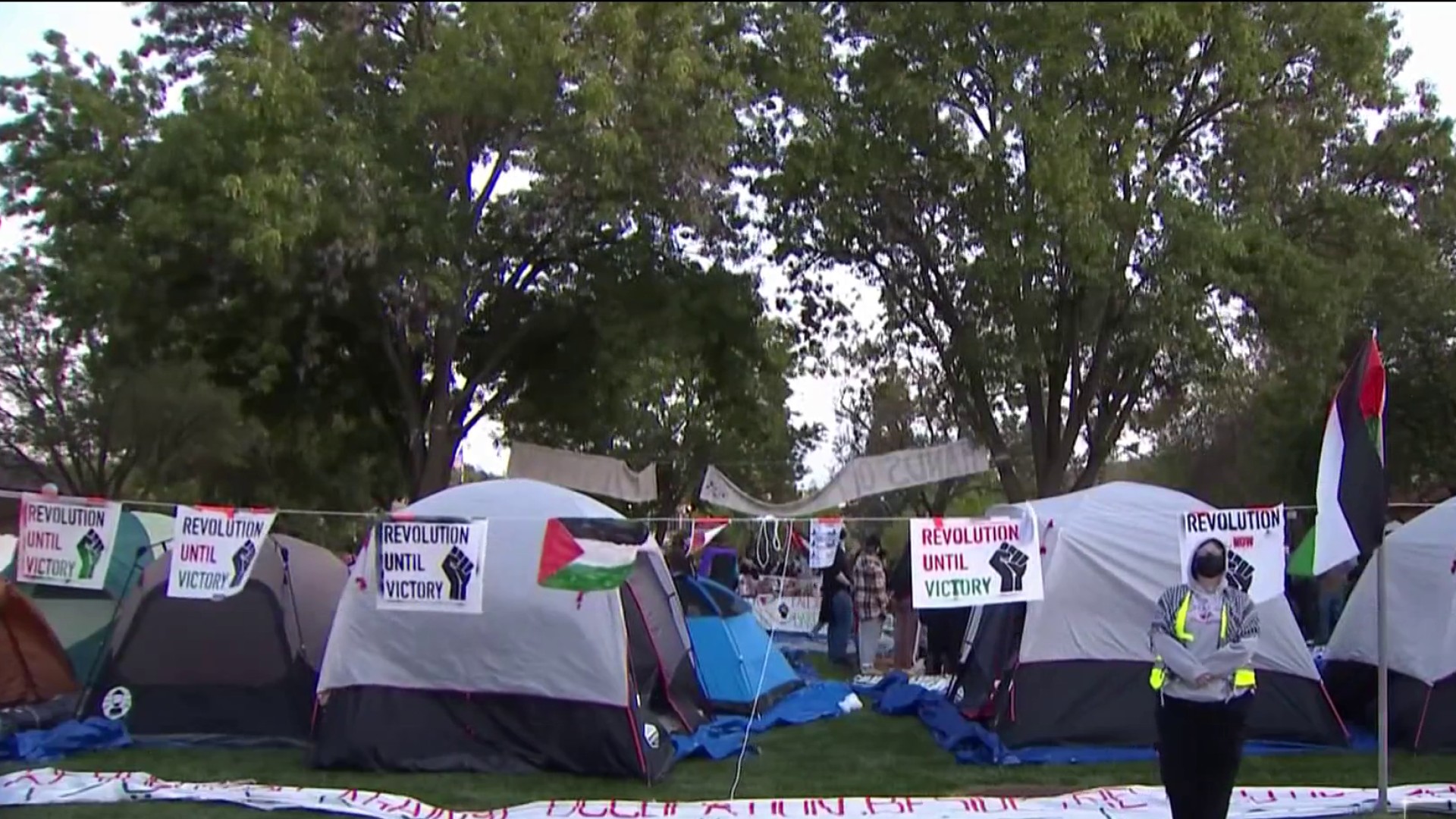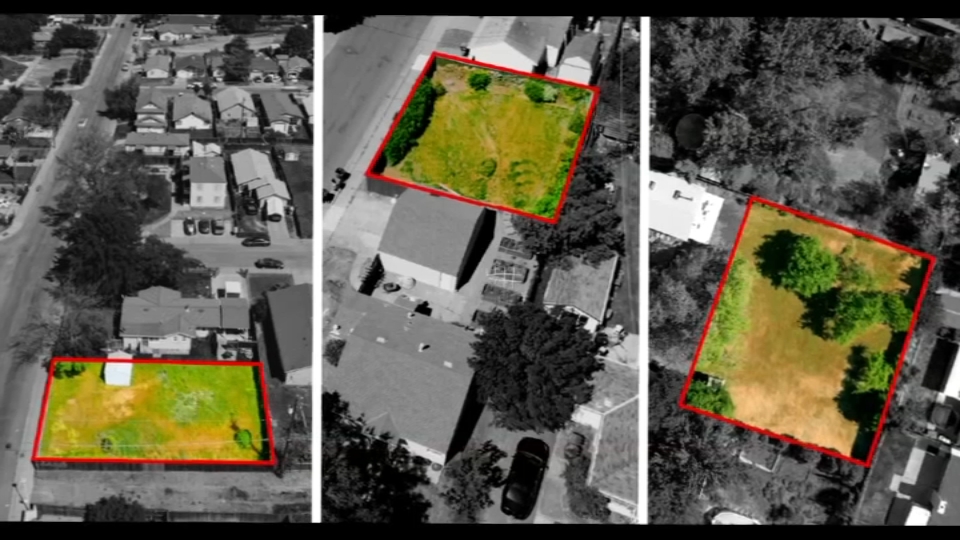California's new Cap and Trade program has been hailed as the gold standard in environmental law for the entire world. Not only are other states looking to the law but other countries, too, are watching to judge its effects on the global economy and environment.
Now, NBC Bay Area's Investigative Unit has learned of questions surrounding fundamental issues about how the new law is applied and who benefits from it that could undermine the entire program's credibility.
That credibility is the key to a viable, working Cap and Trade system, according to a spokesman for California's Air Resources Board, which will oversee, implement and police Cap and Trade.
"We have standard accounting procedures," said Stanley Young, communications director for California's Air Resources Board, "to make sure that everything is by the book."
"That's why we have only allowed so far four protocols to be set in place."
The Investigative Unit spent the last four months researching California's new Cap and Trade program. At 262 pages, the law is as difficult to get your arms around as a giant Sequoia. The first 44-and-a-half pages alone are dedicated to spelling out definitions in the law.
Click here to read the entire law.
Local
These Cap and Trade rules took nearly eight years of back and forth negotiations between various stakeholders before a final version was agreed upon and became law.
While Cap and Trade is being sold as the first step towards reversing global warming, NBC Bay Area's Investigative Unit discovered some critics who point to the very law and say there are loopholes built into it that allow the program to be "gamed" to make some companies millions of dollars without significant benefits to the environment or significant reductions in greenhouse gases.
Under the new California Cap and Trade law, companies that pollute will be able to mitigate up to 8 percent of what they put into the air by buying what's called carbon offset credits.
NBC Bay Area's Investigative Unit traveled to the High Sierra to see exactly what's at stake.
It's where the tension between caring for the environment and providing for our economy has come to a head with some environmentalists crying foul.
Brian Nowicki serves as the California Climate Policy Director for the Center for Biological Diversity. He says California is missing a big opportunity. "The program has loopholes and accommodations in it," Nowicki says.
"It's a tough road to hoe to get a ton of offset grants, says the ARB's Stanley Young. "We want to make sure that every ton we get from offsets is a rigorous, strict, and permanent as the ton we get from reducing the industrial facilities," Young added. "That's why we have only allowed so far four protocols to be set in place."
Under those four protocols adopted by California's Air Resources board, companies can claim carbon offsets in four ways:
- Get rid of old chemical refrigerants
- Capturing methane from dairy farm manure
- Planting trees in the city or urban environment
- Improving forestry management
It's getting carbon offsets for planting new trees in the forest where The Investigative Unit encountered questions about the current rules and whether they truly reduce greenhouse gases.
"I think of it as gaming the system," say Bruce Castle, an activist with the environmental group Ebbetts Pass Forest Watch.
Castle, along with Ebbets Pass Forest Watch members Susan Robinson and Ron Szymanski, have been documenting the timber logging in the Sierra in Tuolomme and Calaveras Counties.
"Logging companies should not be allowed to be subsidized for this kind of practice," Robinson said.
"Especially when all they do is dump all this carbon into the atmosphere (by harvesting acres of trees," Szymanski said.
Basically, these critics say the logging companies benefit twice under the current Cap and Trade rules, first by cutting the trees, then by getting paid through carbon offsets to replant those trees, part of their normal business practice.
"Because of the accommodations made for the current business plan for the timber industry, California's current carbon program fails to ensure additionality," said Nowicki. "That means that it doesn't guarantee that offset credits are only being awarded for tree growth that is occurring as a result in genuine changes in forest management."
It's an argument NBC Bay Area Investigative Reporter Stephen Stock put to the Air Resources Board's Stanley Young.
"You hear the critics," Stock said. "If you're doing business as usual how do the rules improve the environment if you're not taking more carbon out of the air?"
"Right," Young answered. "But you're not doing business as usual. We have very strict rules. You have to grow trees bigger, you have to manage the trees better."
Companies that harvest timber like Sierra Pacific Industries, also known as SPI, admit they stand to gain tens or even hundreds of millions of dollars through carbon offsets.
"You're not doing this out of the goodness of your heart," Stock said to Ed Murphy, SPI's manager of Resource Information Systems. "Of course not," replied Murphy.
Murphy further explained his position on the issue raised by The Center for Biological Diversity: Additionality (or adding more things such as trees to reduce carbon further than what would be expected under normal or 'business as usual' conditions.
"Under the definition of additionality, there's a process called common practice," said Murphy. "We can show we're well above common practice in terms of total carbon stored. But more importantly, the change in business practices comes when once we move into the offset market, we can no longer cut the forest down."
That's why SPI claims it is reducing greenhouse gas emissions. They showed us this in a graph showing that as carbon reduction increases their expectation of taking more carbon out of the atmosphere also increases.
Click here to see a copy of the graphs.
This, Murphy said, is part of SPI's proposed carbon offset plan which will cover 100 years of growth for the trees involved.
"We are withholding harvesting (that) we could have otherwise done," Murphy said.
"In order to get this carbon offset?" Stock asked.
"In order to maintain the carbon offset that we have sold," Murphy said.
Right now SPI's carbon offset proposal includes counting three large tracts of harvest and replanted land, including 20,000 acres around Cherry Lake to get carbon offsets. If approved by the Air Resources Board, those carbon offsets could potentially earn SPI millions of dollars off of trees planted 15 to 20 years ago.
That, The Center for Biological Diversity's Brian Nowicki says, is the flaw in the current rules.
"Under earlier versions of the California Carbon Offset programs forest clear cutting was not allowed to qualify as a reduction, as a carbon offset program," said Nowicki.
That has now changed.
"This most recent version (of the Cap and Trade law) that we are using now has as part of the carbon offset program a written cooperation with the timber industry in order to accommodate their current business practices and that explicitly includes forest clear cutting, " said Nowicki.
"I think that is a tremendous missed opportunity," said Nowicki. "By saying that business as usual forest practices should qualify and not putting in criteria that would improve forest management in California, or don't forget other states, as well, because the program exists outside our borders is a tremendous missed opportunity."
Murphy insists SPI is NOT going to be doing business as usual on those three plots of land that are proposed to be part of the carbon offset program. Instead, Murphy says SPI, is, in fact, changing their business model on those three pieces of land.
"What I'm changing is I no longer have the ability to go the other way, because once I've sold that carbon, I've made that 100 year promise that comes with it," said Murphy.
The state Air Resources Board insists they won't let any company game the system and will hold them to a strict standard in order to get any carbon offset.
"You must do better than business as usual," Young says. "If you don't, you don't get additional tons, and you don't get tons to sell, and we will not allow those tons to enter into the cap and trade market."
Brian Nowicki remains unconvinced by the proposed projects for carbon offsets including the three made by SPI so far, saying, "That is definitely our concern, that the projects that we are seeing registered by the timber industry largely reflect the plans that they had anyway."
What concerns environmentalists even more is not that these companies might benefit financially, but that the goal of reducing carbon in our own atmosphere will fail under these new rules.
Stanley Young of California's Air Resource Board insists that won't happen and he admits the credibility for the entire cap and trade system rests on this issue, convincing everyone that some companies aren't gaming the system for financial gain.
Click here to see map of SPI proposed forest projects.
Click here to see the forestry management protocol
Click here to see ARB's information on climate change and forestry



